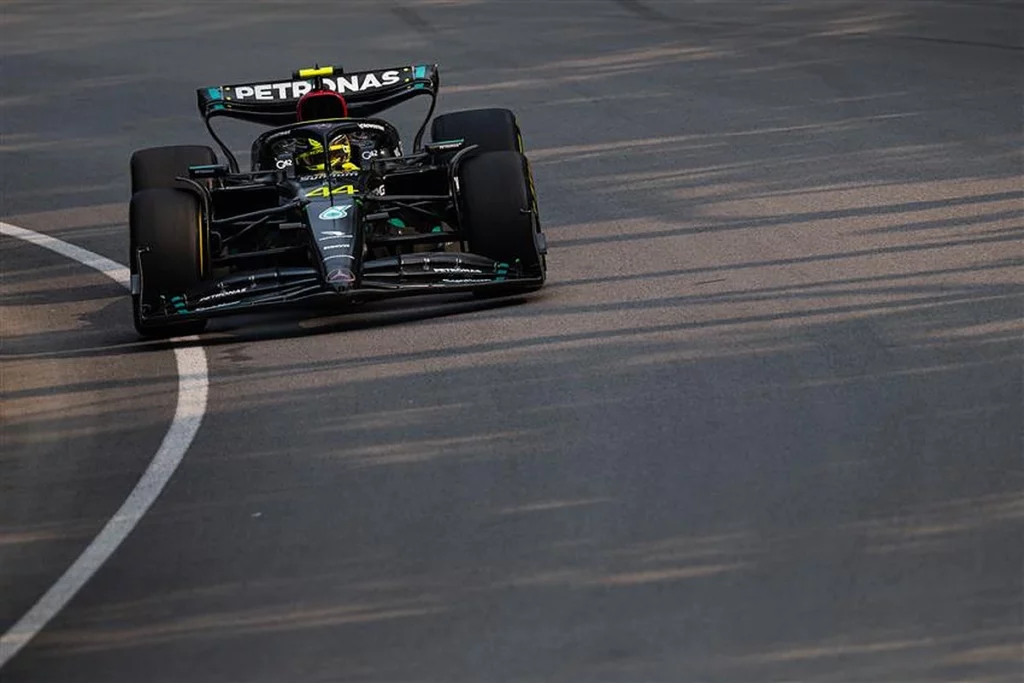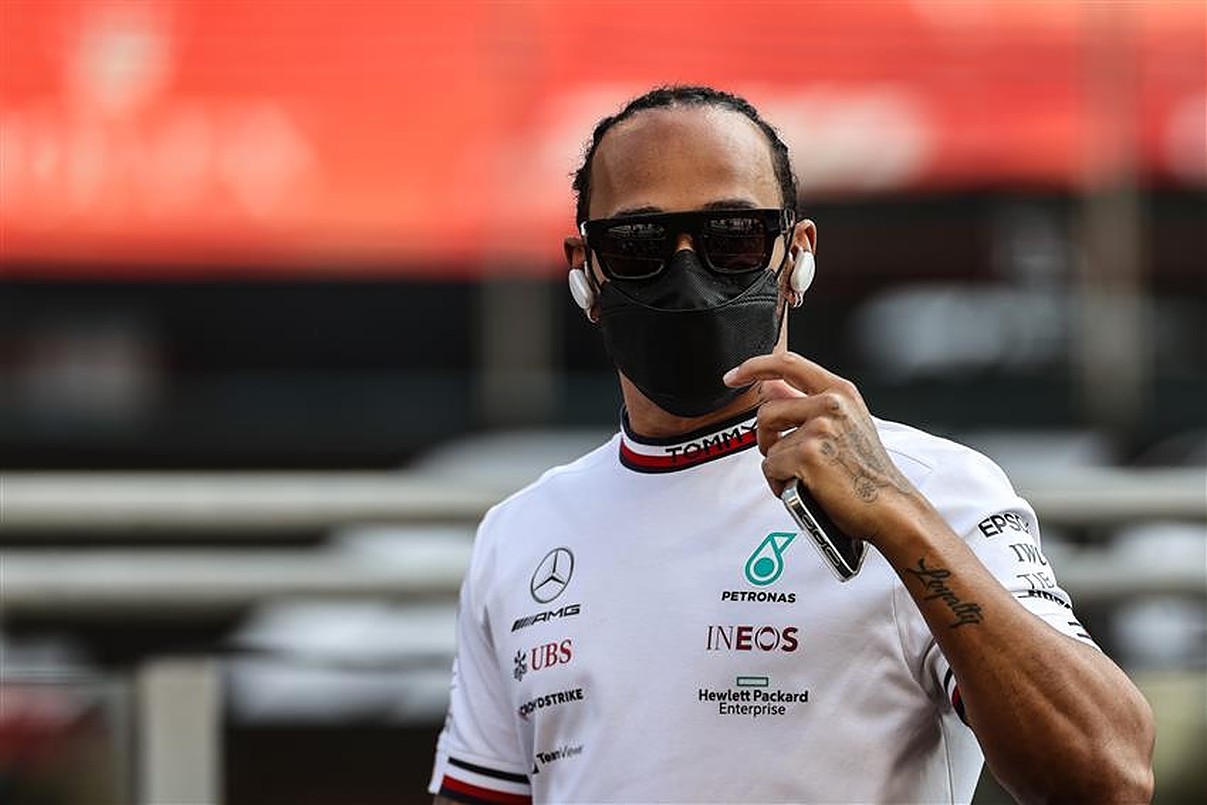In a blow to Lewis Hamilton’s aspirations of challenging Max Verstappen for supremacy this season, Mercedes’ Technical Chief, James Allison, has candidly acknowledged the substantial hindrance posed by the cost cap on the team’s ability to consistently enhance their racing machine.
This revelation carries unforeseen ramifications, casting a shadow over Mercedes’ endeavours to secure Hamilton’s commitment to a new contract extension.
Throughout this year, Hamilton’s future with the Mercedes team has remained a topic of intense debate, particularly due to the seven-time world champion’s delay in committing to a long-term renewal of his present contract.
Toto Wolff, the team principal, had previously indicated that minor details were all that stood in the way of finalising the contract.

Want to work in Formula 1? Browse the latest F1 job vacancies
Yet, with the passing weeks yielding no formal announcement, speculation is now rife, hinting at underlying factors that could be impeding the agreement.
The intricate development of the W14 car potentially emerges as one such influential factor.
In a conversation with Motorsport.com about the ramifications of the cost cap on the team’s upgrade strategy, Allison elaborated on the intricate dynamics:
“The delay between the car’s performance analysis and the corresponding adjustments in the wind tunnel process is contingent on the speed at which wind tunnel data is translated into actionable designs and then seamlessly transformed into manufacturing processes.”
“In the absence of a cost cap,” Allison reminisced, “designs could be rapidly translated from the wind tunnel into the manufacturing stage, resulting in a mere few weeks of discrepancy between wind tunnel analysis and track performance.
“Nowadays, owing to the financial restrictions, the luxury of frequent upgrades has waned, and the performance enhancements have been scaled down.”
The initial races of the season saw the W14 car as the third-fastest contender on the track, particularly during the Bahrain Grand Prix in March.
However, Mercedes has spared no effort in distancing themselves from Aston Martin in the fight for the second spot in the Constructors’ Championship standings.
READ: Charles Leclerc breaks silence on Ferrari feud
Consequently, the heightened performance of the W14 vehicle has translated into improved qualifying pace, culminating in Hamilton ending his pole position drought at the Hungarian Grand Prix, surpassing Verstappen and fellow countryman Lando Norris on the timing charts.
Nonetheless, the discrepancy between the W14’s race pace and that of Red Bull’s remains substantial.
With the constraints of the cost cap limiting the availability of funding for crucial upgrades, the prospect of Hamilton securing a Grand Prix victory on sheer performance prior to the culmination of the 2023 season appears bleak.

